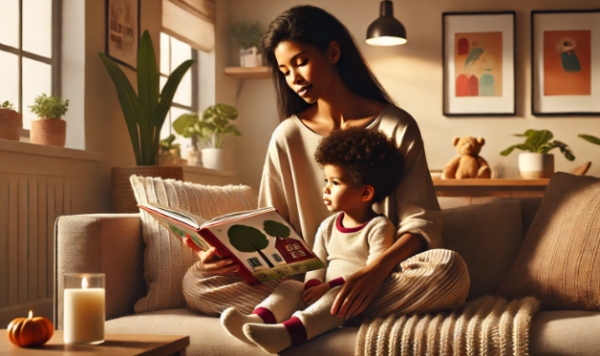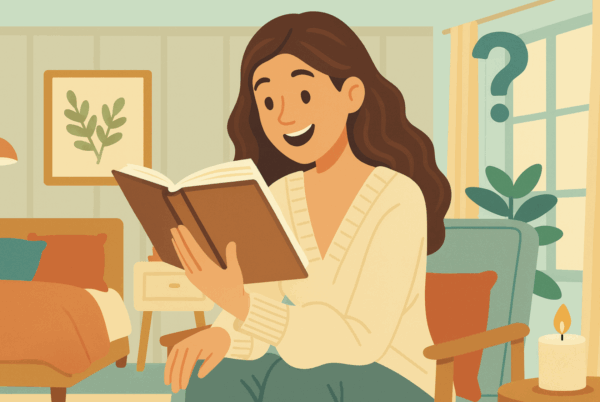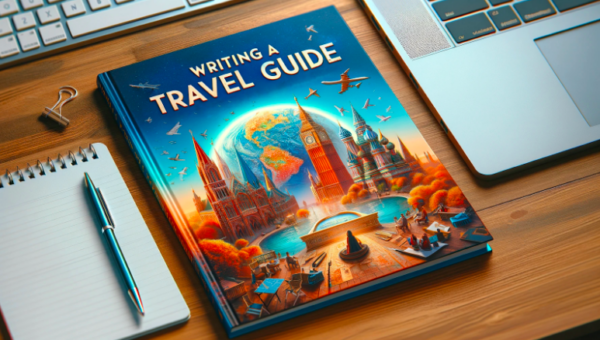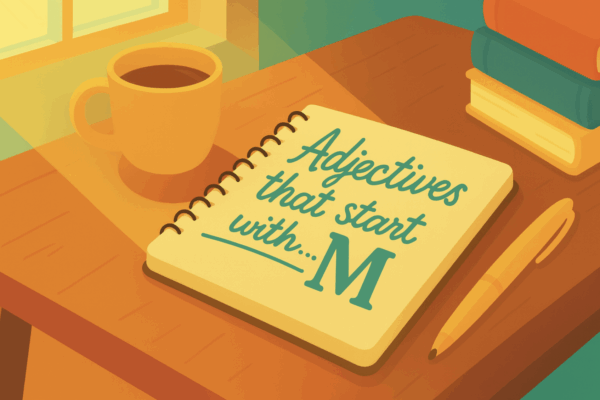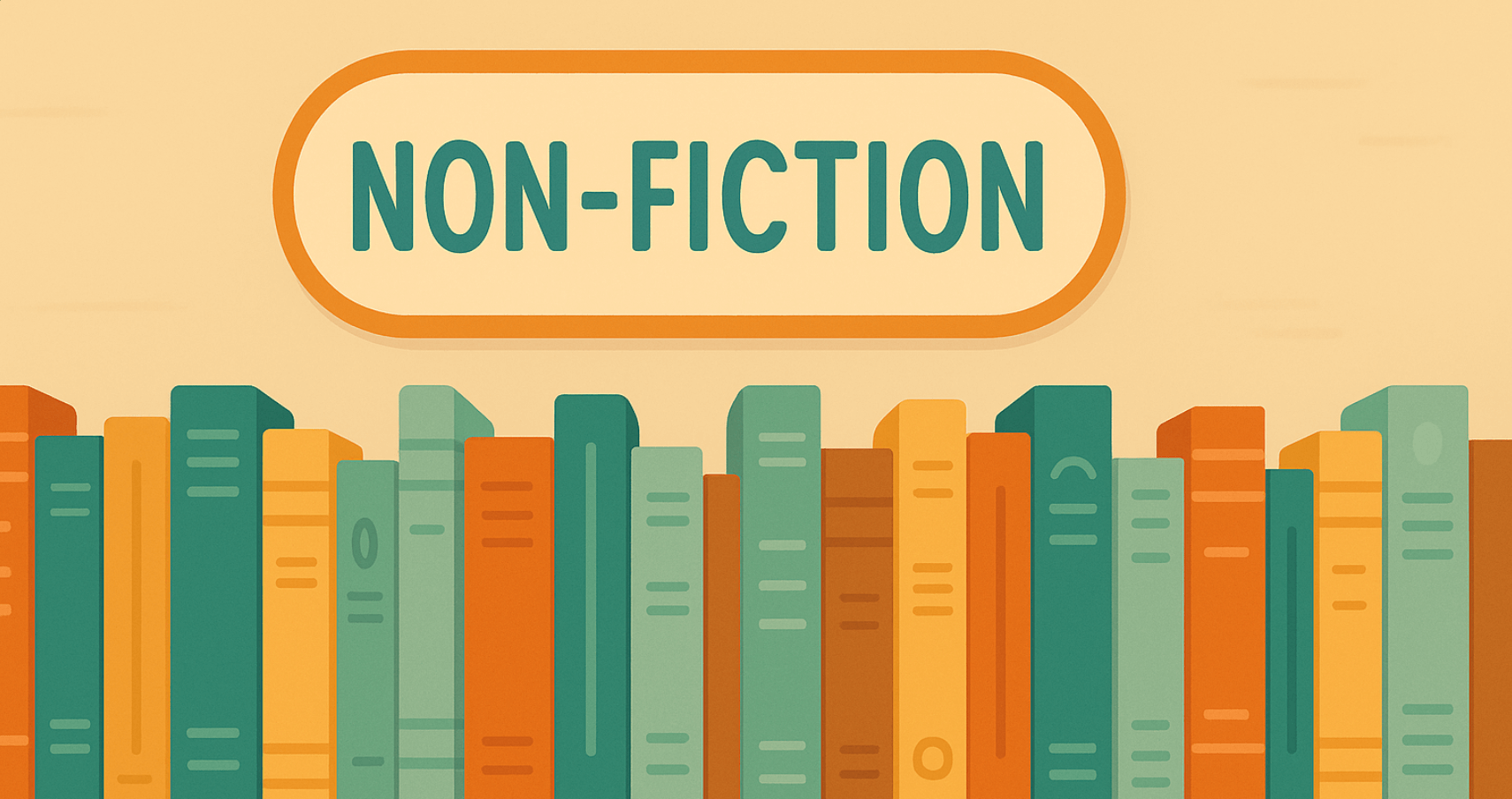Romantic tropes are the peanut butter and jelly of storytelling; familiar, comforting, and sometimes a little messy, but always satisfying. If you’ve ever rolled your eyes at a couple who start off hating each other only to fall hopelessly in love by chapter ten… and then kept turning the pages anyway, congratulations: you’ve experienced the magnetic pull of a romance trope.
In literary terms, a trope is a recurring theme or device that shows up across books, movies, and television. In romance, these tropes form the backbone of nearly every love story, from star-crossed soulmates to fake-dating fiascos. They work because they tap into universal desires: belonging, passion, connection, and just the right amount of drama to keep things interesting.
What Are Romantic Tropes?
In the simplest terms, a trope is a storytelling shortcut; a recognizable pattern or theme that pops up again and again because, well, it works. Think of it as the narrative version of comfort food: you know what you’re going to get, but you still savor it every time.
In romance, tropes are the glue holding the “will they/won’t they” tension together. They provide a framework that readers instantly recognize: two characters trapped in an elevator? Ah, forced proximity. A surly CEO who softens only around their assistant? Classic grumpy x sunshine. The familiarity doesn’t ruin the story, it enhances it. We love watching authors find fresh ways to spin these well-worn setups into something new.
It’s worth noting, though, that tropes aren’t the same thing as clichés. A cliché is tired and predictable, the literary equivalent of soggy toast. A trope, on the other hand, is a tool. In the right hands, it sparks delight; in the wrong ones, it makes readers groan. The magic lies in how the writer plays with it, sometimes leaning into tradition, sometimes flipping it on its head.
Your Publishing Journey Awaits – Start NowWhy Do Romance Tropes Work?
Romance tropes work because humans, despite our best efforts to be complicated, are delightfully predictable when it comes to matters of the heart. We crave stories that reflect our deepest desires; love, connection, and maybe a bit of chaos along the way. Tropes deliver that in a way that feels both familiar and exciting.
At their core, tropes are about emotional payoff. Readers already know the broad strokes of what’s coming the enemies will become lovers, the fake relationship will get a little too real, the forbidden couple will sneak one more kiss — and the anticipation makes the journey irresistible. It’s less about if it will happen and more about how it happens.
Tropes also act like a shorthand between author and reader. They set expectations quickly: if the cover copy screams grumpy x sunshine, you’re not opening the book for a bleak meditation on the futility of existence. You’re there for sparks, banter, and an opposites-attract love story you can sink your teeth into.
And finally, romance tropes keep the genre endlessly flexible. Writers can remix, mash up, or subvert them entirely. Want a friends-to-lovers and enemies-to-lovers combo? Sure, give us a slow-burn friendship that erupts into rivalry before finally blossoming into romance. The possibilities are endless, which is exactly why readers keep coming back for more.
Classic Romance Tropes (The Timeless Favorites)
These are the tropes that have stood the test of time, the ones readers recognize instantly and never quite get tired of. They’re the backbone of countless romance novels and movies, and while they’ve been retold in a thousand ways, they still manage to tug at our heartstrings.
1. Enemies to Lovers
Possibly the most beloved trope of all time. Two characters who can’t stand each other are forced into close contact, and suddenly those fiery arguments start looking suspiciously like foreplay.
Example: Elizabeth Bennet and Mr. Darcy in Pride and Prejudice.
2. Friends to Lovers
The sweet, slow-burn journey from “we’ve always been close” to “wait, do I love you?” It’s comforting, believable, and always rewarding when the friendship blossoms into something more.
Example: Ron and Hermione in Harry Potter.
3. Love Triangle
One heart, two suitors, endless drama. Readers get to pick a “team,” and no matter who wins, someone’s left heartbroken. It’s messy, addictive, and full of tension.
Example: Bella, Edward, and Jacob in Twilight. Or more recently, Belly in The Summer I Turned Pretty.
4. Forbidden Love
When two people shouldn’t be together but simply can’t resist. Family rivalries, social divides, or cultural taboos make the stakes higher and the love even more desperate.
Example: Romeo and Juliet in Shakespeare’s classic tragedy.
5. Soulmates / Fated Love
Destiny takes the wheel here. No matter the obstacles, these two are meant to be together because the universe says so.
Example: Hazel and Augustus in The Fault in Our Stars.
6. Second Chance Romance
Old flames rekindled. Whether it’s high school sweethearts reconnecting or a couple rediscovering each other after years apart, this trope gives readers a satisfying sense of closure and renewal.
Example: Noah and Allie in The Notebook.
7. Secret Identity / Hidden Truths
Love gets complicated when one (or both) characters are hiding something, their identity, their past, or their true intentions. The tension lies in the reveal: will the romance survive the truth?
Example: Clark Kent and Lois Lane in Superman.
8. Marriage of Convenience
Two people marry for practical reasons; money, status, inheritance, or even to appease Grandma, and then, inconveniently, fall in love for real.
Example: Many regency romances, like Julia Quinn’s The Duke and I.
9. Beauty and the Beast Dynamic
One partner is cold, brooding, or “beastly,” and the other brings out their hidden tenderness. It’s a tale as old as time, literally.
Example: Belle and the Beast in Beauty and the Beast.
10. Opposites Attract
The classic “you complete me” setup. One character’s quirks balance out the other’s flaws, and together they create harmony out of chaos.
Example: Sandy and Danny in Grease.
11. Star-Crossed Lovers
When everything, fate, family, or geography, is working against the relationship, but the love burns all the brighter. A close cousin of forbidden love, but with more tragedy baked in.
Example: Jack and Rose in Titanic.
12. The Protector
One character takes on the role of shielding the other from danger, whether physical or emotional. Cue the tension of “I’ll keep you safe, no matter the cost.”
Example: Edward Cullen protecting Bella in Twilight.
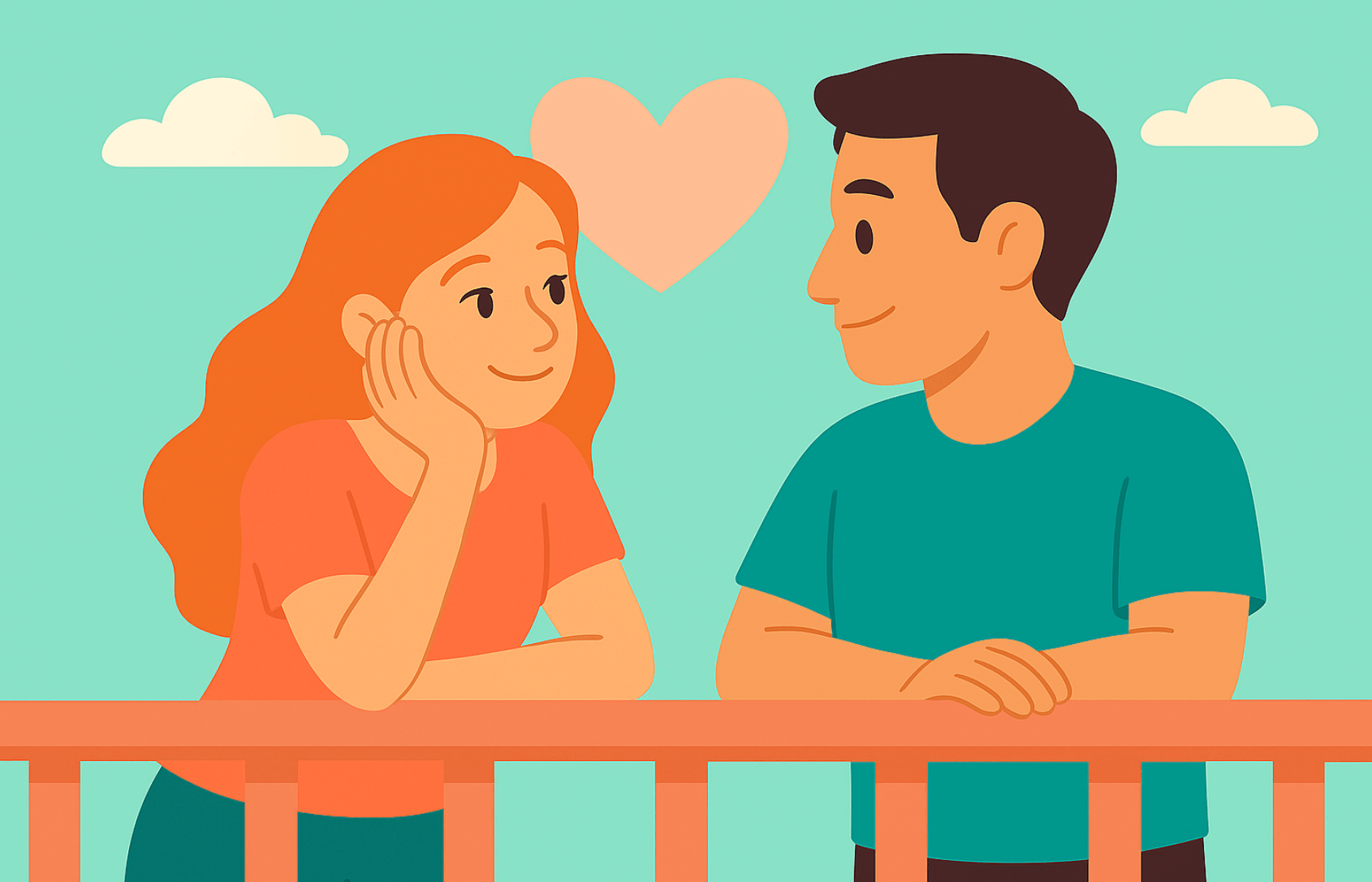
Modern & Trending Romance Tropes
While the classics never really go out of style, modern romance has introduced a new wave of tropes that reflect today’s culture, humor, and quirks. These tropes often build on the timeless ones but give them a contemporary twist, and readers can’t get enough.
1. Grumpy x Sunshine
One character is all rainclouds and brooding stares, the other radiates relentless positivity. Sparks fly when cynicism collides with optimism.
Example: Roy Kent and Keeley in Ted Lasso.
2. Fake Dating
A pretend relationship for appearances, business, or family reasons… that suddenly feels a little too real. Readers love the mix of staged affection and genuine longing.
Example: Lara Jean and Peter in To All the Boys I’ve Loved Before.
3. Forced Proximity
Two characters stuck together in close quarters – snowstorms, road trips, single hotel rooms – with no choice but to get very familiar, very fast.
Example: Christina Lauren’s The Unhoneymooners.
4. Slow Burn Romance
The kind of story where the payoff takes forever, but every lingering glance and almost-touch keeps readers hooked. Delayed gratification at its finest.
Example: Kate and Anthony in Bridgerton (Season 2).
5. Office Romance
Workplace dynamics add both tension and secrecy. Power struggles, late-night projects, or rival coworkers often turn boardrooms into breeding grounds for romance.
Example: Jim and Pam in The Office.
6. Celebrity x Normal Person
When an everyday character falls for someone famous – rock star, actor, royalty – and has to navigate the glitz, glam, and paparazzi to make it work.
Example: Nick and Rachel in Crazy Rich Asians.
7. Found Family + Romance
Romance grows in the middle of a close-knit group dynamic, where the idea of “home” isn’t blood-related but chosen. The romance deepens the sense of belonging.
Example: Simon and Blue in Love, Simon.
8. Royal Romance / Billionaire Romance
A modern extension of the fairy-tale fantasy. Readers love the glamour and high stakes when love crosses class divides.
Example: Meghan Markle and Prince Harry (yes, real life counts).
9. Age-Gap Romance
Love that spans generations or life stages. Controversial to some, irresistible to others, but always packed with tension and intrigue.
Example: Marianne and Colonel Brandon in Sense and Sensibility.
10. The Healer & the Wounded Hero
One character carries emotional scars or trauma, while the other helps them heal, often leading to both characters finding redemption in love.
Example: Feyre and Rhysand in A Court of Mist and Fury.
Full Romance Tropes List (Quick Reference)
Need the short version? Here’s your complete romance tropes list, over 25 of the most popular setups found in romance novels, movies, and TV shows. Bookmark this for quick inspiration or a refresher on your favorites.
- Enemies to Lovers
- Friends to Lovers
- Love Triangle
- Forbidden Love
- Soulmates / Fated Love
- Second Chance Romance
- Secret Identity / Hidden Truths
- Marriage of Convenience
- Beauty and the Beast Dynamic
- Opposites Attract
- Star-Crossed Lovers
- The Protector
- Grumpy x Sunshine
- Fake Dating
- Forced Proximity
- Slow Burn Romance
- Office Romance
- Celebrity x Normal Person
- Found Family + Romance
- Royal Romance
- Billionaire Romance
- Age-Gap Romance
- The Healer & the Wounded Hero
- Best Friend’s Sibling
- Sibling’s Best Friend
- Childhood Sweethearts
- One Bed (yes, it deserves its own spot)
- Amnesia / Memory Loss Love
- Secret Royalty
- Holiday Romance
Romantic Tropes in Movies & Pop Culture
If you think romantic tropes only live in novels, think again. Hollywood practically runs on them. From sweeping historical dramas to quirky rom-coms, tropes are the secret sauce behind the stories we watch on repeat.
Take Enemies to Lovers, it’s everywhere. Think of Bridget and Mark in Bridget Jones’s Diary or nearly every teen rom-com ever made. The tension, the snark, the inevitable kiss? Pure trope magic.
Or how about Fake Dating? That’s the entire plot of To All the Boys I’ve Loved Before, where staged affection spirals into something very real. And Forced Proximity? You’ve seen it in The Proposal when Sandra Bullock and Ryan Reynolds get “trapped” in a very unconventional engagement.
Even the grand, tragic tropes make their way onto the big screen. Star-Crossed Lovers is the beating heart of Titanic (sorry, Jack and Rose), while Forbidden Love has fueled everything from Romeo + Juliet to The Shape of Water.
The point is, tropes aren’t just literary devices, they’re cultural touchstones. They shape the way we tell love stories, no matter the medium. We cheer for them, we groan at them, and yes, we still binge-watch them because they deliver the emotional rollercoaster we secretly crave.
How to Use Romantic Tropes in Writing
Romantic tropes give you a starting point, a spark that says, here’s the tension, now go make it yours. The real artistry comes from how you play with them.
A trope like enemies to lovers isn’t just about snarky banter and dramatic glares across the room. At its core, it’s about transformation; two people who change because of one another. That’s what keeps it from feeling like a carbon copy of every other rivals-turned-sweethearts story out there.
Another secret? Tropes love company. Pairing them together creates unexpected depth. Imagine a fake dating setup where the characters are also childhood sweethearts. Suddenly, the relationship isn’t just staged, it’s layered with history, awkwardness, and old feelings creeping in at the worst (read: best) times.
And here’s the fun part: you don’t always have to give readers exactly what they think they’re getting. Sometimes the best way to use a trope is to bend it until it almost breaks. Maybe the “soulmates” realize fate is overrated, or the “protector” discovers they’re the one who needs saving. Tropes thrive when they surprise us.
Most importantly, remember that tropes are not the story, your characters are. A trope is the stage; the people dancing on it make the performance unforgettable. If readers fall in love with your characters, they’ll happily follow them through any trope you throw their way.
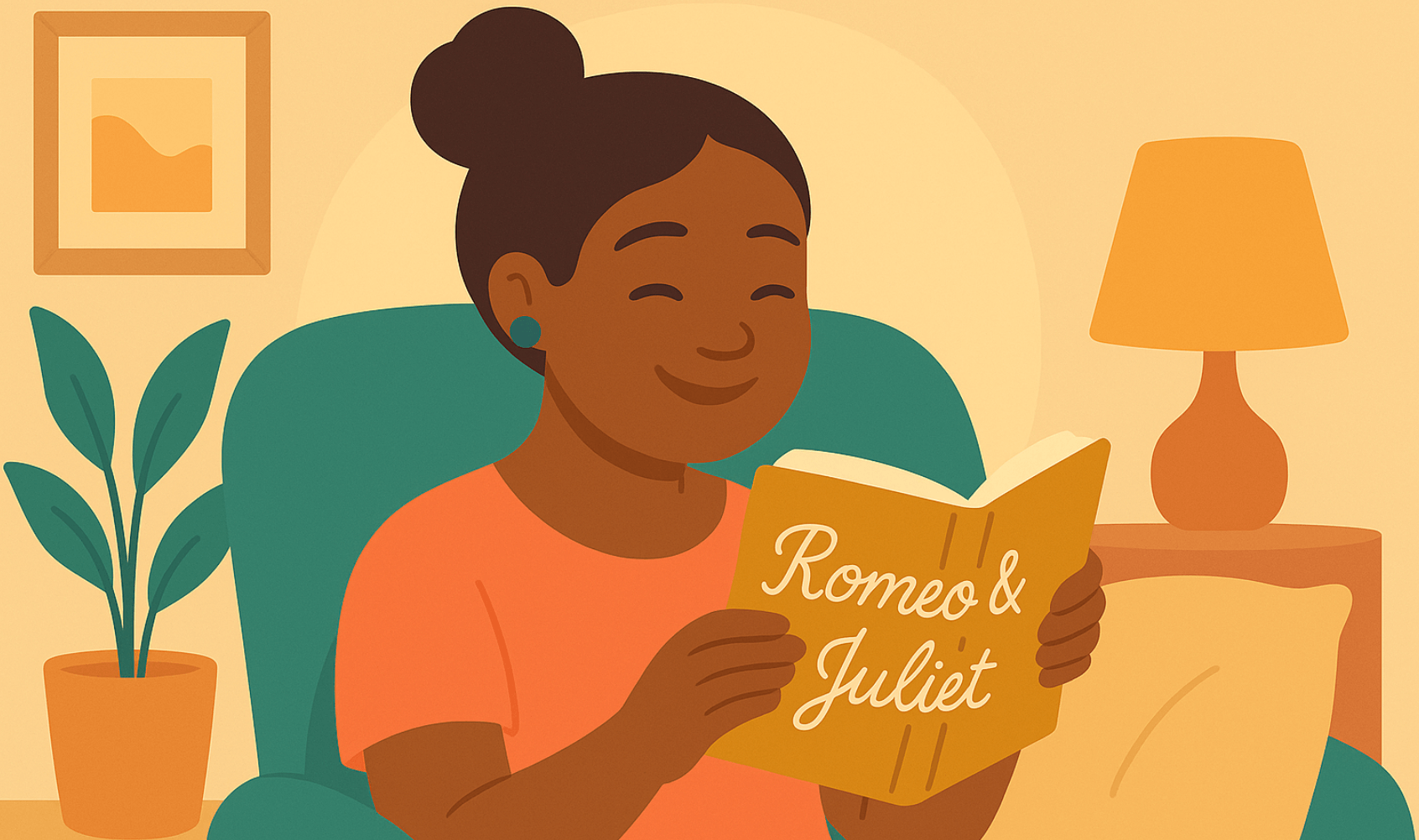
Why We’ll Keep Falling for Romance Tropes Again (and Again)
Romantic tropes may be familiar, but that’s exactly why they work. They’re the narrative comfort food readers and viewers reach for again and again, reliable enough to know what’s coming, but flexible enough to surprise us every time. From enemies-to-lovers to slow burns that test our patience (in the best way), these tropes remind us that love stories, no matter how they’re packaged, tap into something universal: our desire to connect.
Whether you’re a reader hunting for your next favorite romance novel, a movie buff spotting patterns on screen, or a writer looking for inspiration, this romance tropes list shows just how many ways there are to fall in love on the page and off.
So the next time you roll your eyes at a “fake dating” setup or groan at a one-bed-only situation, remember: you’ll probably still read to the end. Because tropes aren’t just formulas, they’re promises. And in romance, those promises are half the fun.
Now have a think, what’s your favorite romantic trope?
Romance Tropes FAQ
Q: What are romance tropes?
Romantic tropes are recurring storylines, setups, or patterns that form the backbone of many love stories. They’re instantly recognizable, like enemies to lovers, friends to lovers, or fake dating. Tropes aren’t “lazy writing” — they’re tools that help writers tap into emotions readers already know and love. By putting familiar dynamics in new contexts, tropes create stories that feel both fresh and comforting.
Q: Why are romance tropes so popular?
Romance tropes are popular because they deliver on emotional expectations. Readers pick up a book with a certain trope already craving the tension and resolution it promises — whether that’s the slow burn payoff of friends to lovers or the fiery spark of opposites attract. Tropes give readers the same satisfaction as rewatching a favorite rom-com: you know where it’s headed, but the journey is what makes it fun.
Q: What’s the difference between a trope and a cliché?
A trope is a narrative device that writers can shape, remix, or even subvert. It’s a storytelling framework, not a flaw. A cliché, however, is when a trope is used without originality — making the story feel predictable and flat. For instance, the one bed only scenario can be witty, tense, and fun if the characters have chemistry, but it becomes a cliché if it plays out exactly as expected without any twists.
Q: What are the most common romance tropes?
Some of the most popular include:
Enemies to Lovers – fiery banter that turns into passion.
Friends to Lovers – slow, heartfelt evolution of a bond.
Forbidden Love – high stakes and secrecy.
Fake Dating – pretending to be in love… until it’s real.
Slow Burn – delayed gratification with explosive payoff.
Forced Proximity – characters stuck together in close quarters.
Soulmates – destined to be together, no matter what.
These tropes have been beloved for centuries and continue to dominate romance novels and films today.
Q: Are romance tropes only used in books?
Not at all, romantic tropes are everywhere. They dominate Hollywood rom-coms, K-dramas, TV shows, and even blockbuster films. For example, Titanic is the ultimate star-crossed lovers story, while The Proposal gives us a perfect mix of marriage of convenience and enemies to lovers. Tropes work across all mediums because they highlight universal human emotions that audiences connect with instantly.
Q: How can writers use romance tropes without being predictable?
The key is creativity. Writers can add fresh settings, unique character motivations, or unexpected plot twists to make a trope feel new again. Combining tropes also works well, a fake dating story can also be a second chance romance, or an opposites attract couple might face a forbidden love twist. Another option is subversion: set up a familiar trope, then flip it. Maybe the “grumpy” character isn’t softened at all, or the “soulmates” realize they’re better apart.
Q: What’s the difference between classic and modern romantic tropes?
Classic romantic tropes usually revolve around timeless struggles like forbidden love, arranged marriages, or opposites attract. They’re the kinds of stories you’ll find in classics from Shakespeare to Austen. Modern tropes, on the other hand, often reflect contemporary life, humor, and culture. Think grumpy x sunshine, celebrity dating a normal person, office romance, or found family + romance. Both kinds work, it just depends on the story you want to tell.
Q: Which romance tropes are trending right now?
Right now, readers are especially loving fake dating, forced proximity, grumpy x sunshine, and slow burn romances. With the rise of social media and streaming, celebrity x normal person and royal romance stories are also making a big comeback. These tropes thrive in contemporary romance because they mirror modern-day fantasies and situations, while still delivering that timeless sense of love and longing.

